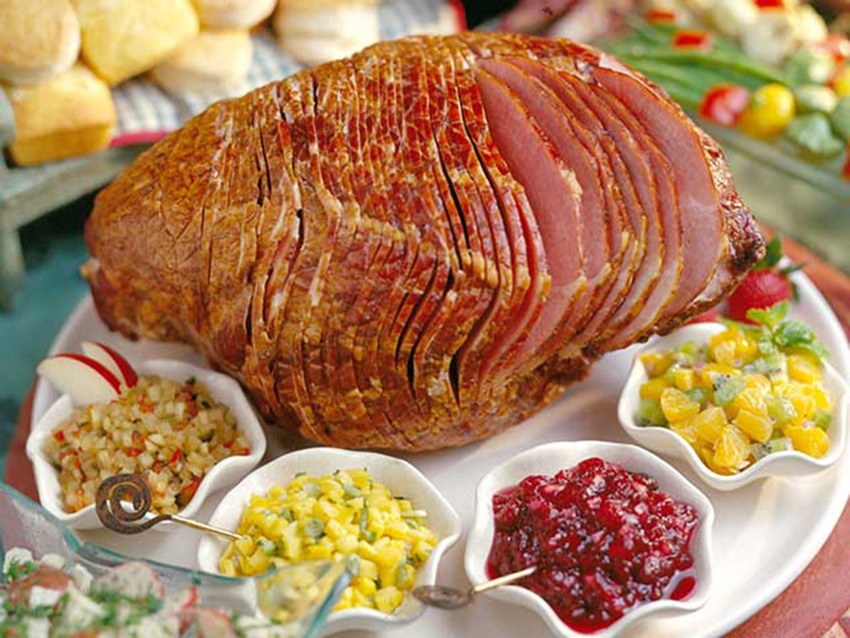Though our producers harvest the safest and most bountiful food in the world, far too many of U.S. consumers lack access to good, nutritious food.

America is the land of plenty.
U.S. farmers are the most productive in the world, raising crops and caring for livestock so that the world can eat. Today each farmer feeds about 155 people worldwide, up from a mere 25.8 people in 1960.
American producers are so good at what they do that the agricultural sector relies on the export market for the consumption of the American pork, beef, corn and soybeans. Most recent stats put about 27% of U.S. pork production is exported, and more than 20% of all U.S. ag production ends up in the export market.
Technology and producer practices have helped producers bring in larger yields of crops and livestock with the same or even fewer resources. That production efficiency has enabled Americans to spend less than 10% of their household income on food. Seven other countries in the world are as fortunate as the United States as their consumers also spend less than 10% of their household income on food. Some countries around the globe spend more than 40% of their income on food, even 56% of Nigerians.
America is also the land of the free; which in this sense is not a good thing. With U.S. producers filling the bins and the meat cases, there are still way too many of our own citizens who do not have access to food, living in what have been called food deserts — regions where, for some reasons, consumers are free of access to good, nutritious foods.
According to the Brainerd (Minn.) Dispatch, one such food desert is the White Earth Nation in northern Minnesota, where 90% of the reservation is considered a food desert. According to the article, access to good, nutritious food is incredibly scarce, but junk-food options are readily available in the few convenience stores on the reservation.
White Earth residents are productive, growing and gathering wild rice, honey, maple syrup, corn, beans, squash, potatoes, carrots, berries and venison, but much of the produce is exported because there aren’t enough places for local distribution. The reservation, about 1,000 square miles, has just a few gas stations and a farmers market. White Earth residents need to drive up to 30 miles one way to get a good variety of fruits and vegetables.
This scenario is sadly not uncommon in America. The Economic Research Service defines a food desert, areas of low income and low access to a supermarket, as having a significant number or share of people more than 1 mile from a supermarket in urban areas and more than 10 miles in rural areas. Two years ago it was estimated that 19 million people live in these food deserts.
So, we produce so much food in America, so much that we spend the least amount of our income to buy it. The problem is that not everyone has access to the good, nutritious foods that most of us are spoiled with.
Whenever there is a country in need, Uncle Sam reaches out with his giving hands. It’s time that we look to our neighbors to share the wealth of our bounties. Yes, we rely heavily on the export markets, but there is a void in the domestic market that needs to be filled.
About the Author(s)
You May Also Like



